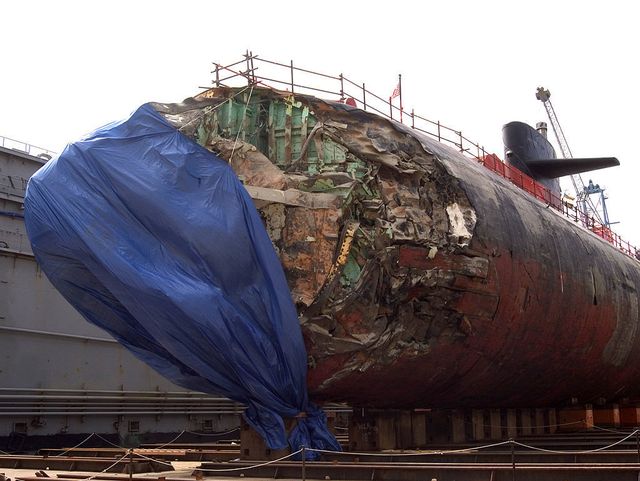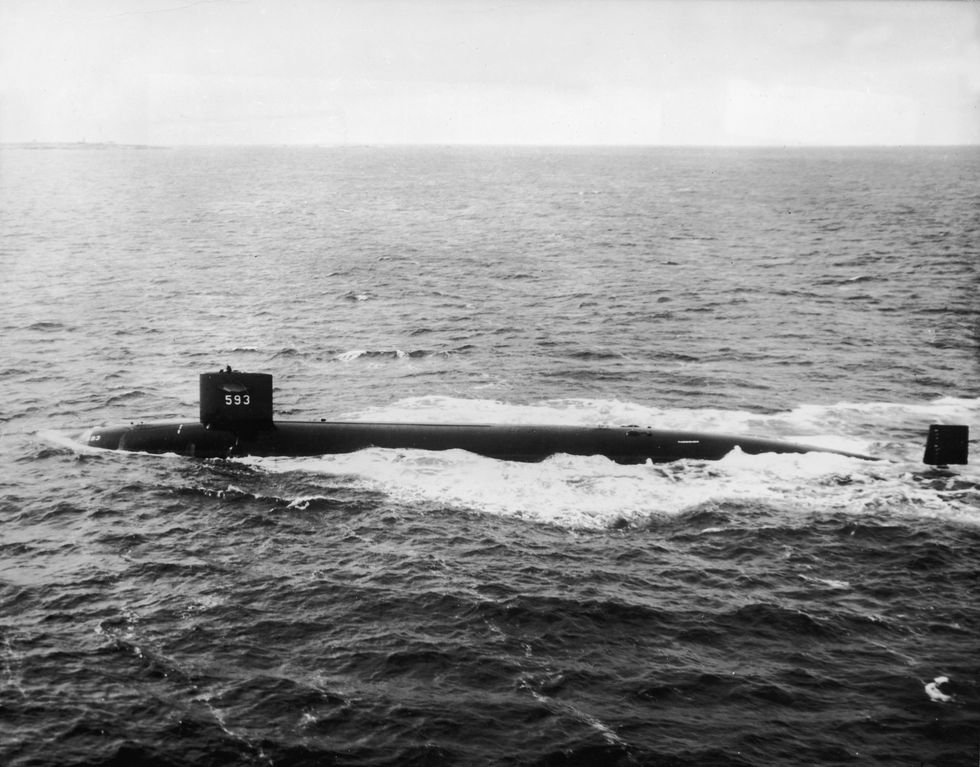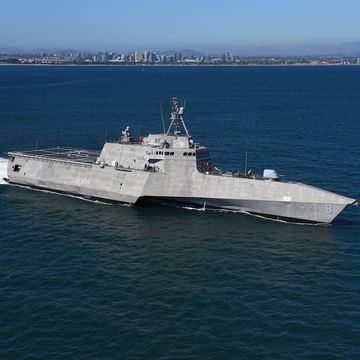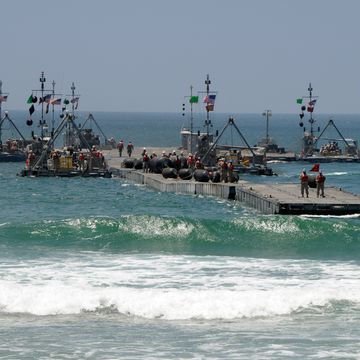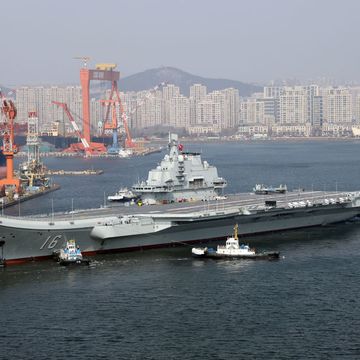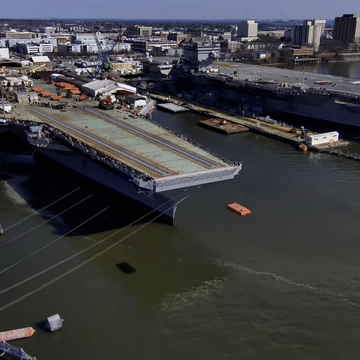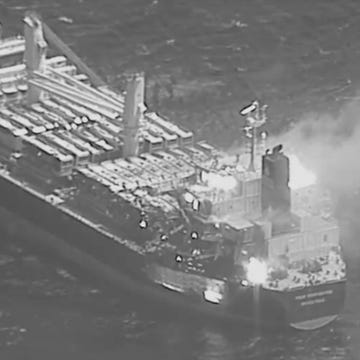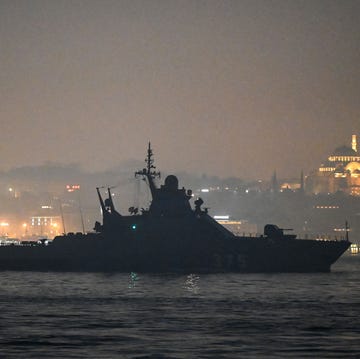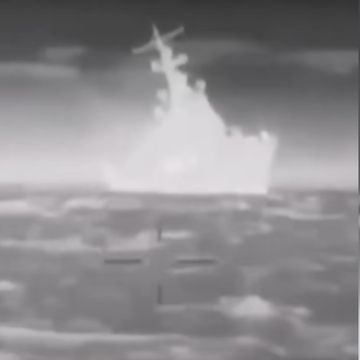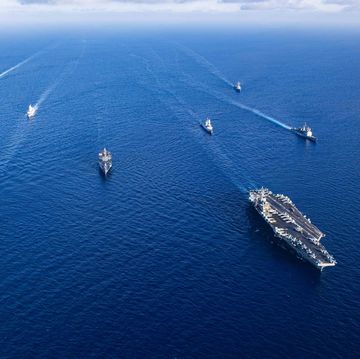In 2005, the nuclear attack submarine USS San Francisco suddenly stopped dead in its tracks. The ship's crew were thrown about, some over distances of 20 feet, and the majority of the 137-member crew suffered one injury or another—including one that would later prove fatal. Further inspection would explain what happened, and reveal that the submarine's bow looked like a crushed soda can. USS San Francisco had run into an undersea mountain.
On that day, January 8, 2005, the San Francisco had been approximately 360 miles southeast of Guam, traveling at flank speed (more than 30 knots). The navigational charts used by the ship's crew failed to show a seamount, or undersea mountain, protruding from the ocean floor. The sub smashed into it head-on.
The incredible thing about the incident: despite running into an immovable object at more than 30 miles an hour, at depth of 525 feet, the San Francisco didn't sink, nor did it experience a reactor malfunction. Even more incredibly, the submarine was able to move under its own power back to port on the island of Guam. All of that is directly attributable to safety actions the U.S. Navy had taken four decades earlier.
Back in 1963, the nuclear submarine USS Thresher was lost during dive tests in the Atlantic Ocean. Although nobody knows for sure what caused Thresher's initial emergency, it became clear that the ballast-blowing measures meant to surface the sub in an emergency failed. The ship was lost.
Within two months, the Navy had created the SUBSAFE program. The goal was to ensure that, no matter what the emergency, a U.S. Navy submarine's hull would maintain structural integrity under pressure and the sub would at least be able to surface. Meanwhile, the Navy's Nuclear Propulsion Program emphasized safe nuclear reactors and reactor handling above all else. If the hull, ballast systems, and reactor all worked properly a crew had a fighting chance of survival.
In the case of San Francisco, despite a crushed bow at 525 feet depth, the rest of the hull held pressure, preventing it from sinking. The ballast systems still worked, allowing it to surface, and the nuclear reactor still worked after the crash, allowing the ship to move under its own power. In 2013, an admiral with the Navy's Naval Sea systems command was quoted as saying that were it not for SUBSAFE decades earlier, USS San Francisco might have been lost.
As for the sub itself, it returned to sea just three years later with a new nose. The bow of sister ship USS Honolulu, set to be retired, was cut off and welded to the bow of the San Francisco. The submarine served for another eight years, and last month headed to Norfolk to begin a two-year process in which it will be transformed into a permanently moored training vessel.
This post was originally published on December 5, 2016.

Kyle Mizokami is a writer on defense and security issues and has been at Popular Mechanics since 2015. If it involves explosions or projectiles, he's generally in favor of it. Kyle’s articles have appeared at The Daily Beast, U.S. Naval Institute News, The Diplomat, Foreign Policy, Combat Aircraft Monthly, VICE News, and others. He lives in San Francisco.
